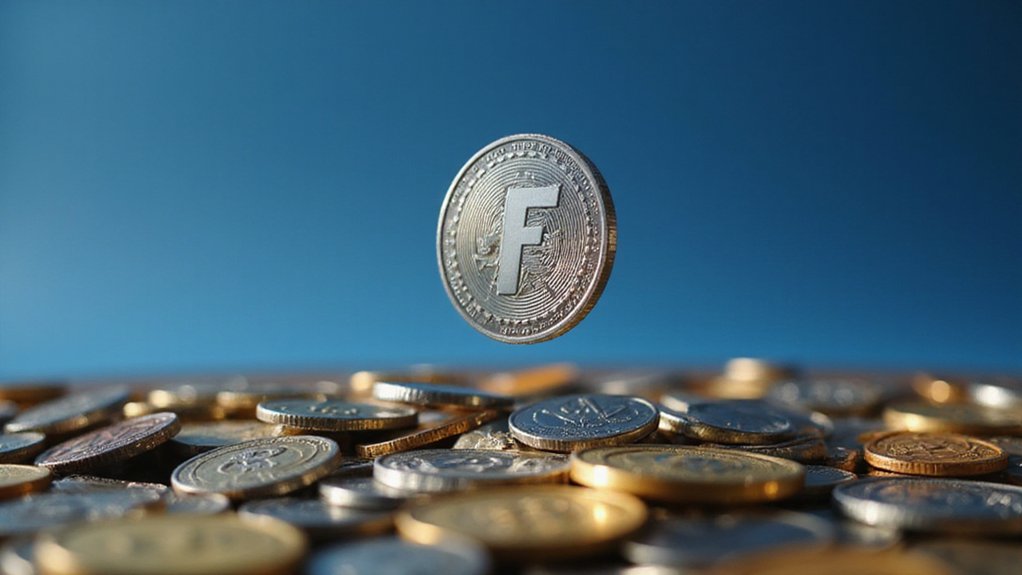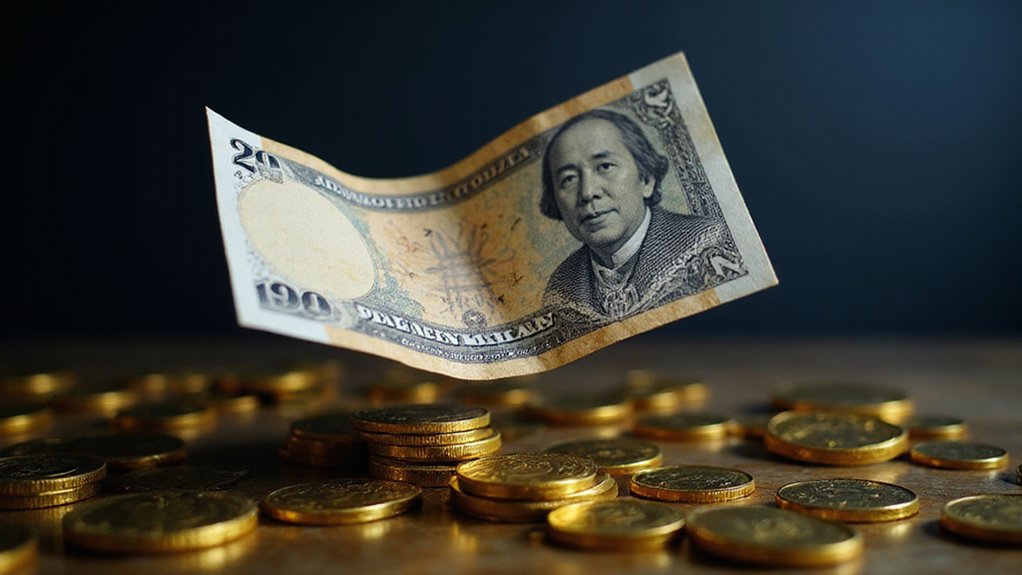A handful of digital alchemists have transformed lines of code into fortunes that would make Croesus weep—though whether from envy or laughter at the sheer audacity of it all remains unclear.
At the apex sits Satoshi Nakamoto, Bitcoin’s enigmatic creator, whose $93 billion fortune exists in quantum superposition: simultaneously real and theoretical until someone proves they can actually access those wallets.
Changpeng Zhao’s wealth trajectory reads like a fever dream of modern capitalism. The former Binance CEO‘s net worth oscillated from $1.9 billion in early 2021 to $65 billion at peak euphoria, crashed to $5 billion during regulatory tumult, then mysteriously resurged to $62.6 billion—all while serving four months in prison and paying $4.7 billion in fines for money laundering charges.
Such volatility would give traditional wealth managers cardiac episodes, yet CZ retains 90% ownership of the world’s largest crypto exchange by trading volume.
Such dramatic wealth swings would hospitalize conventional financial advisors, yet crypto moguls treat billion-dollar fluctuations as routine Tuesday morning entertainment.
The supporting cast of crypto titans demonstrates how digital assets have spawned an entirely new aristocracy. Giancarlo Devasini, shepherding Tether’s controversial stablecoin empire, commands $22 billion in assets. Pavel Durov parlayed Telegram into a $12 billion fortune through TON blockchain integration, while Brad Garlinghouse’s stewardship of Ripple generated $10 billion despite ongoing SEC litigation—because nothing says “disrupting traditional finance” quite like regulatory warfare.
The Forbes tally reveals crypto billionaires nearly doubled from nine in 2023 to eighteen in 2024, their collective wealth spanning cryptocurrency holdings, equity stakes, and private investments. This meteoric rise coincides with Bitcoin’s remarkable performance, which doubled in value over the past year before reaching an all-time high of $73,000 in March 2024.
Brian Armstrong ($8.1 billion), Chris Larsen ($7.9 billion), and Michael Saylor ($7.7 billion) round out the upper echelon, while Ethereum’s essential Vitalik Buterin maintains a comparatively modest $1.1 billion—practically ascetic by crypto standards. Armstrong’s Coinbase achieved its public debut in 2021 with a staggering $100 billion market capitalization.
This wealth explosion reflects decentralized finance‘s maturation from libertarian fever dream to institutional reality. DeFi protocols enable lending, borrowing, and trading without traditional intermediaries, creating new wealth mechanisms that bypass centuries-old financial infrastructure. Emerging platforms like Kaanch Network demonstrate blockchain’s evolution with Layer 1 solutions processing 1.4 million transactions per second, signaling the next generation of ultra-scalable decentralized systems.
The emergence of crypto centi-millionaires suggests more billionaires await, though whether this represents financial evolution or elaborate Ponzi scheme remains hotly debated—a question best answered by future archaeologists examining our digital ruins.







